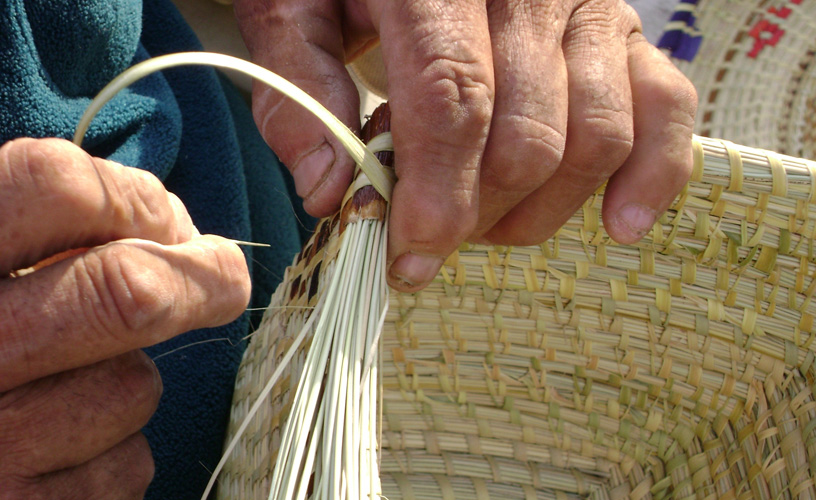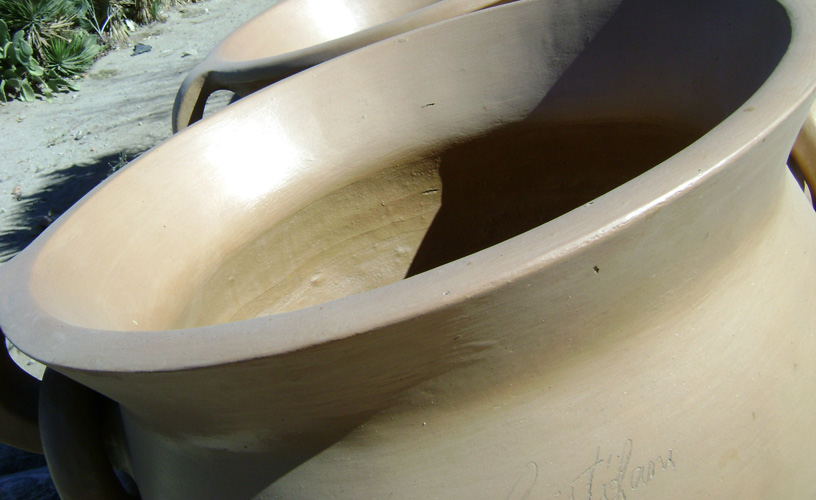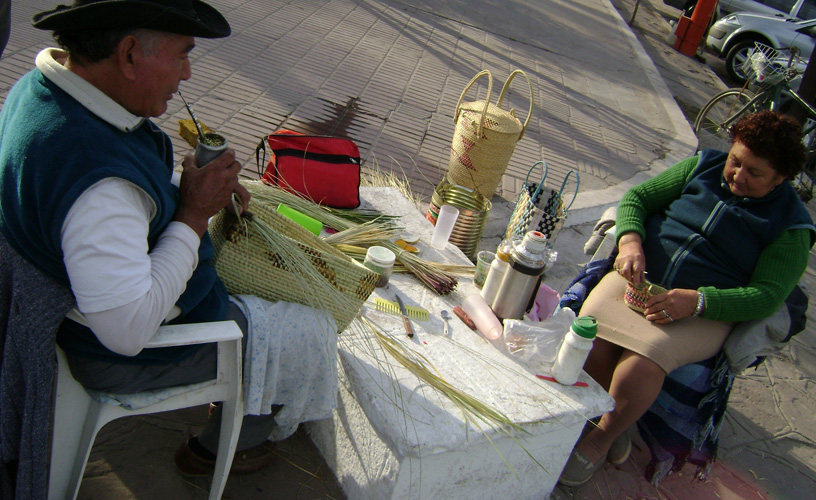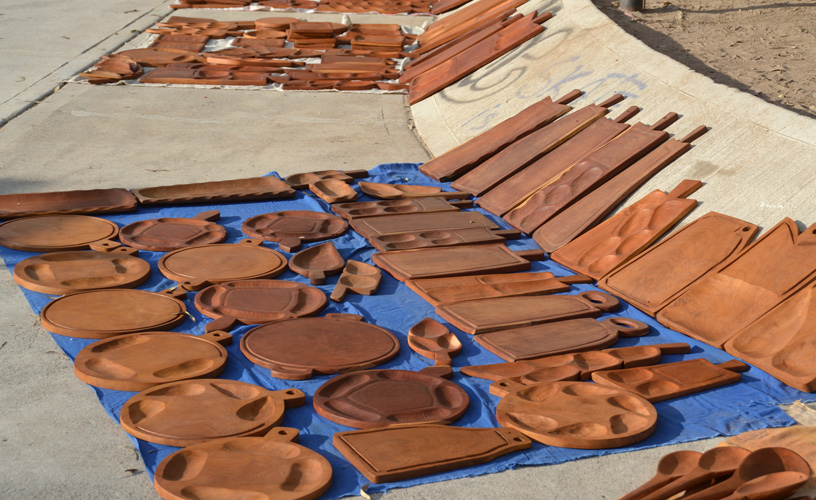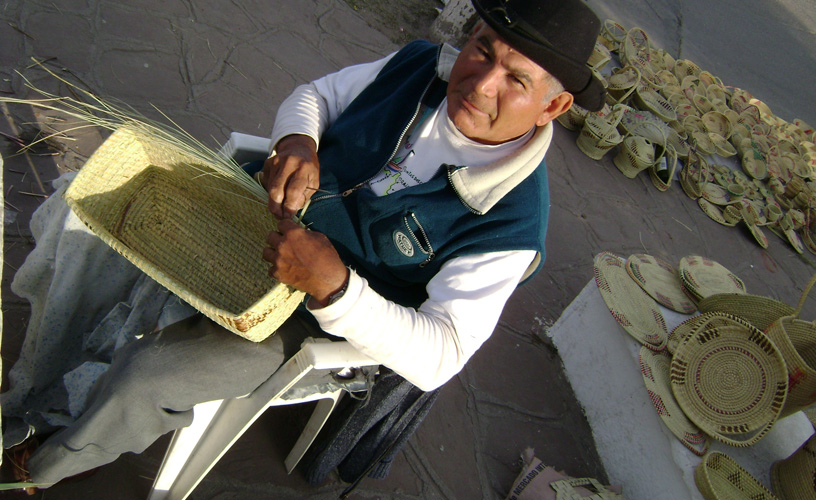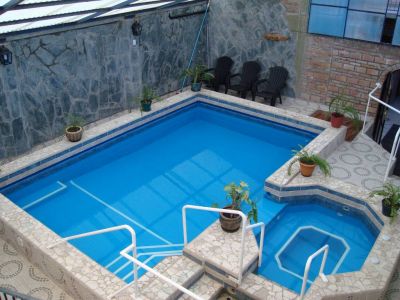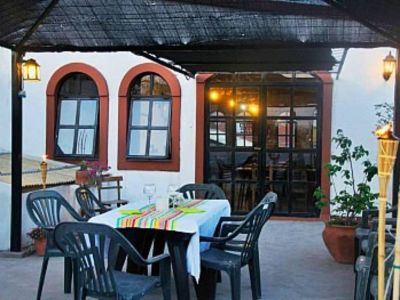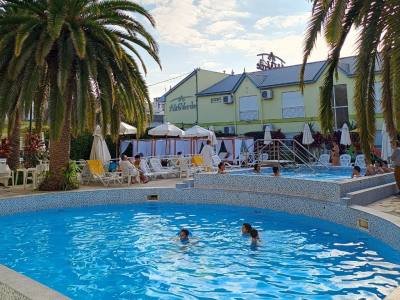How is it possible that some men can be craftsmen and some others cannot? Are they born with a gift or do they just need to awaken that instinct we all have inside? In Santiago del Estero, it seems that the second option is right.
Beloved Santiago
It is well known that the native peoples have always developed skills that have enabled them to survive in unfavorable conditions. The entire region of Santiago del Estero has had its own settlers who, using the elements provided by nature, managed to live and survive.
Some of these elements were whicker, cane, wool and other raw materials they used in order to create and weave products that would help them live better.
In spite of the passing of time, many of these ancient traditions have reached our times untouched, like real recipes, gifts or techniques that have been passed from generation to generation. Therefore, when going down the street, at a corner or at some street market in Santiago, infinite products come to light which represent a way of thinking and creating the world which does not undergo any industrial molds or patents.
Instead, this is a philosophy of life that has taken root in the people from Santiago and which is very much related to everything that may come from the inventiveness of man, from their inside.
All Through the Province
In addition to representing a benefit for the typical fields, tourism also encourages the production of handicrafts. As a result, the poorest sectors can find their own source of income.
“The colors every city needs in order to keep on thinking”, with these words, a high tourism civil servant defined the crafts sector when he was asked if craftsmen should pay municipal taxes. And he added: “Yes, they should, but we should not forget that the National State must cooperate in order to make this activity profitable, as their income depends on their own hands”.
The truth is that, just like in the rest of the country, arts and crafts have acquired a unique vigor after the crisis of 2001 which seems to remain even though the present economic situation in Argentina has experienced a remarkable improvement. A country that bets on tourist development must always make room for the hardworking hands and the ideas of men and women.
A hat, a basket, a typical poncho from Santiago, an alfajor (kind of pastry) and thousands of other options are part of the inventory visitors cannot help purchasing during their visit to this beautiful province. In addition to all this, musical skills are evidenced in guitar playing, verses and even typical dances, such as chacarera, performed by the local dwellers and enjoyed by tourists. Because showing what one can do is also a worthy way of selling something.
Pablo Etchevers
Pablo Etchevers
